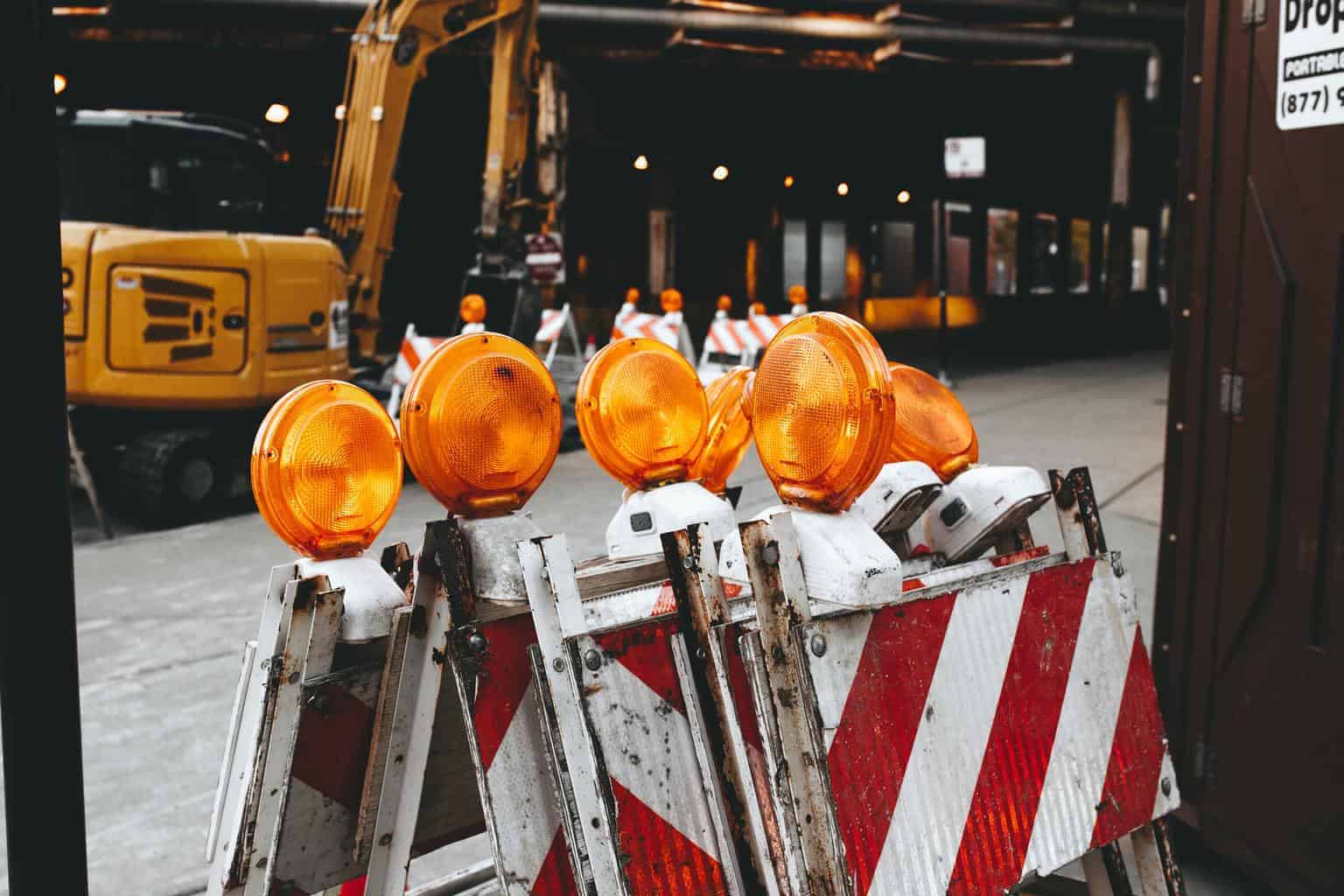The construction industry is booming and shows no signs of slowing down. Consequently, the number of employees is well into the millions, which means construction companies have tremendous room for growth.
But with an expanding workforce comes elevated risk. It’s no secret that construction sites are dangerous and pose many hazards to construction workers. So, steps must be taken by construction companies to ensure the safety of their workers so delays can be avoided and projects can be completed on time.
What Is Construction Safety?
Construction safety refers to implementing policies and safeguards designed to prevent incidents on site and shield workers from severe injury or death.
Why Is Construction Safety Important?
Workplace accidents, injuries and fatalities have long been an issue on construction sites. As a result, companies have taken measures to minimize incidents, like putting safeguards in place, implementing safety policies that must be adhered to and mandating the completion of workplace safety training.
How Is Construction Safety Regulated?
Construction safety is regulated by the Occupational Safety and Health Administration (OSHA), a division of the Department of Labor.
What Is OSHA?
The OSHA Act was passed in 1970, and it outlines safety protocols for all industries, including construction, to facilitate a safe work environment. You can find an assortment of resources, including pocket guides, directives and safety training courses for the construction industry directly on OSHA’s website.
Here are a few resources you can download directly from OSHA’s website:
- Asbestos Standard for the Construction Industry (booklet)
- Construction: Protecting Roofers (booklet)
- Construction: Tunneling (booklet))
- Electrical Hazards: Controlling Electrical Hazards (booklet)
- Fall Protection in Construction (booklet)
- Hand and Power Tools (booklet)
- Ladder Safety: Falling Off Ladders Can Kill: Use Them Safely (booklet)
- Lead in Construction (booklet)
- Stairways and Ladders (booklet)
- Aerial Lifts Fact Sheet
- Asbestos: Protecting Workers from the Hazards of Asbestos-Containing Flooring Material Maintenance Fact Sheet
- Confined Spaces in Construction: Pits Fact Sheet
- Confined Spaces in Construction: Sewer Systems Fact Sheet
- Cranes and Derricks in Construction: Operator Qualification and Certification, Subpart CC Fact Sheet
- Cranes and Derricks in Construction: Qualified Rigger, Subpart CC Fact Sheet
- Cranes and Derricks in Construction: Signal Person Qualification, Subpart CC Fact Sheet
- Demolition Fact Sheet
- Fall Protection in Residential Construction Fact Sheet
- Pandemic: Protecting Workers during a Pandemic Fact Sheet
How Does OSHA Regulate Construction Safety?
OSHA has regulations and directives in place that must be adhered to by construction companies. The agency has also enacted legislation to ensure the safety of workers in the construction industry that is based on these four pillars:
- Hazard Prevention and Control: Construction companies should take the proper steps to identify potential hazards at the construction site and implement safeguards. This could entail installing railings or purchasing protective equipment to prevent employees from sustaining serious injuries.
- Management Leadership and Employee Involvement: Leadership should instill the importance of workplace safety amongst employees and encourage both employees and managers to hold each other accountable. OSHA suggests goal setting, action planning, annual reviews, and feedback solicitation to make strategies more effective.
- Training: Comprehensive OSHA compliance training should be mandatory for all members of leadership and employees. Attendees should also have access to the company’s OSHA construction safety manual during training and after it has ended.
- Worksite Analysis: Leaders gather data and analyze employee injury records to identify trends. This information is used to enact solutions that minimize or prevent health and safety hazards within the worksite.
If your construction company does not comply with OSHA’s regulations, it could be subject to fines.
Top 5 Construction Safety Tips
OSHA recommends that you create a workplace safety training program that addresses the following:
1. Fall protection
What actions has your company taken to prevent falls from scaffolds? How about stairway and ladder safety? Review your workplace safety training program and make adjustments as needed to polish fall protection policies and ensure they comply with OSHA’s standards.
2. Hazard communication
Does your company have a comprehensive list of all hazardous materials used on the construction site? The list should also notate if the materials are accurately labeled (as they should be), and the applicable training program is available in-house to address the material’s hazard.
3. Heavy machinery usage
Employees who operate heavy machinery should undergo training and routine evaluations. It’s equally crucial that equipment adheres to industry requirements. Machinery should be inspected frequently by leadership to confirm that it’s operating correctly.
4. Personal protective equipment
Is there an adequate amount of personal protective equipment (PPE) on hand for your employees? If so, is it appropriate for the job? Quick note: PPE requirements could vary by job. However, hardhats should be worn at all times by anyone on the construction site and replaced if they become dented, cracked or involved in an incident that results in severe head impact.
5. Trenching
Are there safeguards in place to prevent trench collapses? Trenching and excavation safety is a critical component of construction workplace safety programs.
Ultimately, a safe workplace minimizes financial losses and potential legal issues while helping your business flourish. You can also take advantage of what material-financing companies have to offer.
Instead of subjecting your company to cash flow issues when you start a new project, material-financing companies will cover the costs for you. And you’ll just have to pay the outstanding balance. It’s that simple, and you can focus on what you do best – securing clients and exceptional work in the field.







